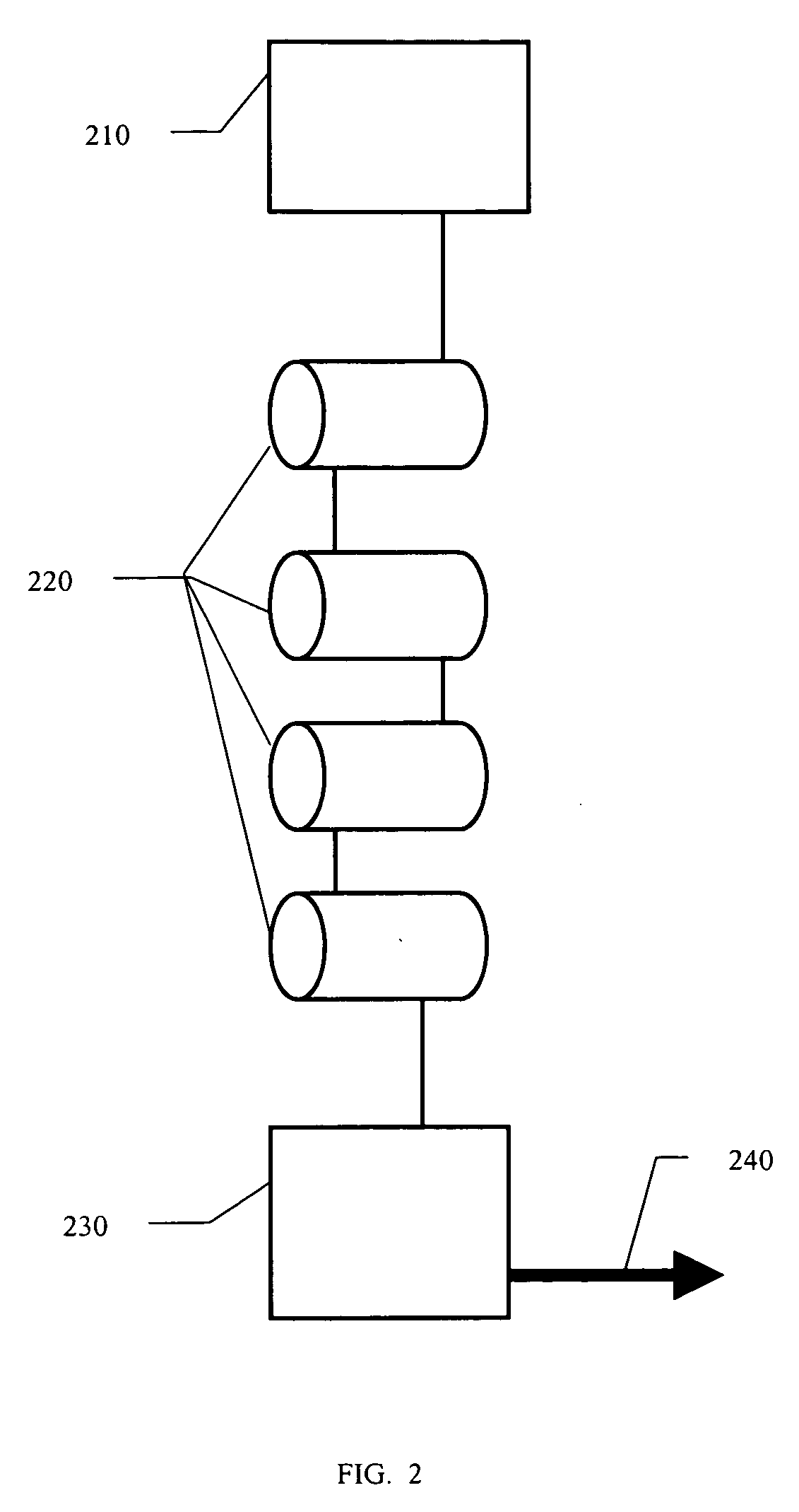High efficiency trap for deposition process
a technology of high efficiency and deposition process, applied in the direction of chemical vapor deposition coating, coating, metallic material coating process, etc., can solve the problems of impure deposition, pump seizure, pump failure, etc., to improve the efficiency of a foreline trap, reduce or substantially eliminate the accumulation of by-products, and improve the efficiency of a semiconductor processing system
- Summary
- Abstract
- Description
- Claims
- Application Information
AI Technical Summary
Benefits of technology
Problems solved by technology
Method used
Image
Examples
Embodiment Construction
[0026] As noted above, the accumulation of by-products from a semiconductor manufacturing process, in the apparatus components of the processing system can cause equipment failure and also may require system shut-down to clean the components, resulting in substantial cost.
[0027] Also as noted, various approaches have been attempted to overcome the problem of by-product accumulation. This includes employing a fore-line trap, which as noted, has not proved to be efficient.
[0028] The present invention solves the problem of fore-line trap inefficiency. In particular, the present invention provides a semiconductor manufacturing system using a fore-line trap that can remove 99% or more of the by-products from the exhaust gas from the processing chamber. I addition, the present invention provides for means to clean the trap of accumulated by-products without requiring shut-down of the deposition system, resulting in significant cost savings. The present invention will be described in gre...
PUM
| Property | Measurement | Unit |
|---|---|---|
| Fraction | aaaaa | aaaaa |
| Fraction | aaaaa | aaaaa |
| Fraction | aaaaa | aaaaa |
Abstract
Description
Claims
Application Information
 Login to View More
Login to View More - R&D
- Intellectual Property
- Life Sciences
- Materials
- Tech Scout
- Unparalleled Data Quality
- Higher Quality Content
- 60% Fewer Hallucinations
Browse by: Latest US Patents, China's latest patents, Technical Efficacy Thesaurus, Application Domain, Technology Topic, Popular Technical Reports.
© 2025 PatSnap. All rights reserved.Legal|Privacy policy|Modern Slavery Act Transparency Statement|Sitemap|About US| Contact US: help@patsnap.com



